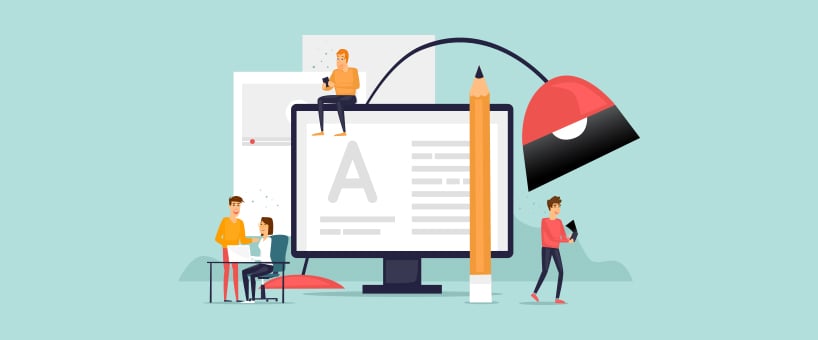Home » General Articles (Random Topics) »
 July 17, 2025
July 17, 2025
Modern technology has solved many problems across industries. One of the most innovative solutions in this area is facial recognition technology. It has made access to personal data, devices, and systems more convenient. But it comes with greater responsibility and risk.
As our lives become more connected, the chances of unauthorized access to confidential information have grown. Everything is just a few clicks away. This convenience also opens doors for misuse and security breaches.
Facial recognition adds a strong layer of protection by verifying identity through unique facial features. It offers a smart balance between ease of use and reliable security for protecting private information across devices and platforms.
In this blog, we will discuss how facial recognition works to secure important data from intruders.
How Facial Recognition Technology (FRT) Helps to Protect Confidential Data
Identity verification through facial features is not a new technology. However, people are unaware of how it can help to protect their content. Facial data cannot be guessed, stolen, or replicated easily. This makes it harder for unauthorized users to gain access to personal or confidential content.
Here is a detailed discussion of its working for an enhanced security system.
Identity Verification
Facial recognition systems use advanced algorithms to map facial features and match them with stored data. This method is more secure than traditional verification methods like passwords, as they can be easily forgotten or shared.
Many financial platforms, banking apps, and online services now offer facial login options to confirm identity with higher accuracy. This also makes the process more convenient for users, especially when dealing with sensitive or time-restricted actions.
Access Control & Security
Businesses can prevent unauthorized access by replacing physical ID cards or passwords with facial scans. This is especially helpful in places where security is critical, like server rooms, research labs, or hospitals.
The system can instantly detect and deny access to unrecognized individuals. It also keeps a record of who entered and when. In high-risk areas, facial recognition can be linked to live alerts to notify security teams if someone tries to bypass access.
Fraud Prevention
It is difficult to forge or duplicate someone’s face accurately. So, facial recognition plays a major role in reducing fraud. It acts as a barrier to impersonation, account takeovers, and identity theft. Many organizations use it alongside other tools to verify users before approving financial transactions or system logins.
This technology checks for eye movements, blinking, texture analysis, 3D depth perception, and many other features. Even if someone tries to use photos or videos to trick the system, these liveness detection features will help identify fake attempts.
Enhanced Security Across Various Applications
Facial recognition is used across multiple fields according to their set of needs. In law enforcement, it helps match suspect photos against criminal databases to speed up investigations.
Mobile phone manufacturers have also adopted face unlock features as a quick way to keep personal data safe. In education, some institutions use it to verify students during remote exams. Lastly, hospitals and clinics also apply this technology to avoid mix-ups in patient records.
Data Protection and Privacy
Facial recognition does not just protect physical access, but it also plays a role in digital security.
Only verified users can open systems or files, which helps keep personal and business data out of the wrong hands. However, the use of this technology must also follow privacy rules. That includes clearly informing users how their data will be used. Security systems must encrypt stored facial information and follow strict guidelines for storage and access.
Wrap Up
Securing certain information from intruders has been a big challenge since the very beginning. Fraudulent people come up with new ways to compromise the security systems to get that data for their benefit. So, it is important to use a foolproof method to save such information. One such way is the face detection technology. It is a smart and innovative way to keep your data protected from unauthorized users. Although it has its own downsides, the ethical use can be the right way. So, use it within your systems with care.
If you found this blog helpful, leave a comment down below! We love to hear from you.
- August 2025 (1)
- July 2025 (1)
- June 2025 (1)
- April 2025 (1)
- March 2025 (1)
- February 2025 (2)
- January 2025 (1)
- December 2024 (4)
- November 2024 (8)
- October 2024 (1)
- September 2024 (3)
- August 2024 (2)